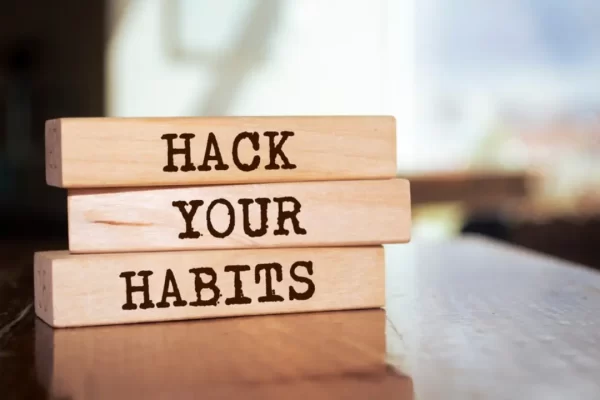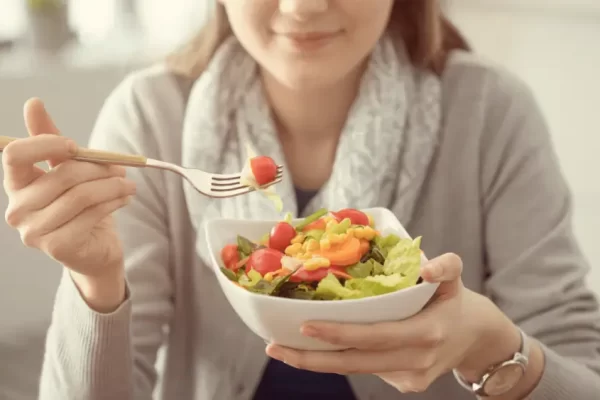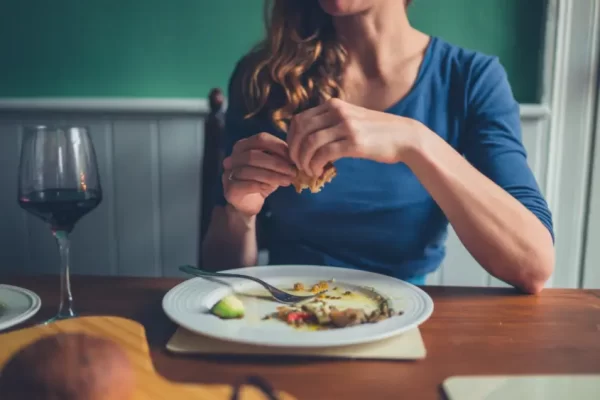The management of your blood sugar is an essential task, especially if you are a diabetic patient. Diabetes does tend to weaken your body and does not let the body help from any condition. The diseases remain for an extended period in the system due to the prevalence of a health condition like Diabetes.
You need to manage your sugar levels properly if you have diabetes because a spike in blood sugar level could prove life-threatening for your system. Generally, diabetic people have to follow a strict diet that involves a meager amount of sugar to maintain their balance in the blood.
It is not just the managing of sugar levels in the blood but also preventing any complication that could occur if diabetes goes out of hand in an individual. Moreover, a proper diet needs to be followed with the expert’s opinion, but certain foods are overall healthy and often cause problems for diabetic patients.
Banana, a fruit which most of the time is recommended for good health and strength by the doctors, might not be the right choice of fruit if you or someone you know is a diabetes patient. It might sound unusual, but banana negatively affects a diabetic patient’s health due to the amount of carb and sugar present.
A healthy individual’s body can manage sugar levels because of insulin naturally produced by their body, which moves out the high or excess sugar from the blood and stores it into the cell for later use. Still, a diabetic person’s body can neither produce enough insulin to balance the high blood sugar or the cells in the system are insulin-resistant.
The most important thing that a diabetic person should keep in mind is to look out for foods that are either high in carbs or sugar because carbs are the essential component of causing a spike in blood sugar level. The regular mechanism of balancing blood sugar lacks in a diabetic person, and this causes them to lower their intake of sugar or carbs.
A normal-sized banana contains 29 grams of carbs and 112 calories. A banana contains carbs in three forms; sugar, starch, fiber, and sugar are about 15 grams. Hence, such an amount of sugar could lead to a spike in blood sugar levels, so consuming bananas for a diabetic person is dangerous.
Although there are other essential ingredients or nutrients in a banana that could not be ignored and may help a diabetic person lower their blood sugar levels.
Starch and Fibers in Banana, and the ripeness story
Apart from the facts like banana contains adequate amounts of carb that could affect the blood sugar levels of a diabetic person, there is one more fact not to be skipped in this case. Banana is also a good source of fiber, with an amount of 3 grams available in it.
Fiber is one essential nutrient that even a diabetic person must consume because it slowly absorbs the sugar rather than spiking it on a more significant amount.
Banana plays this role right of digesting and consuming the sugar and carb. A fair amount of fiber in an average-sized banana evens out the carb and sugar in it. So even if a diabetic person eats a banana, the sugar levels aren’t going to alleviate at a more extensive, but slowly and gradually, which causes less harm relatively.
A source has also mentioned determining how a carb-containing food will affect your blood sugar levels; one could look into its glycemic index, which ranks various foods based on how fast and how much would that particular food raise the blood sugar level.
There are various categories on which glycemic index ranks foods that go from low to high; Low glycemic index is 55 or less, the moderate glycemic index is 56 to 69, and the high glycemic index is 70 100.
Banana as a food ranges between low to medium glycemic index, which runs between 42 to 62. Experts have said that food with a low GI is very beneficial for people with type 2 diabetes. Hence, bananas could prevent the blood sugar from increasing larger and faster.
There is more to know about the types of bananas and how carbs differ in each one. For instance, Green unripe banana has a lower proportion of sugar and carb but a considerate amount of resistant starch, long chains of glucose resistant to digest at the upper digestive system. Due to these starch’s resistance to getting outlined, they are more similar to fibers controlling the blood sugar levels from rising.
There have been many studies on resistant starch, saying that it helps reduce inflammation in people with type 2 diabetes and feeds the good bacteria in the gut to help manage the blood sugar levels in the body.
So is banana good for diabetes, and what should be the size of its portion?
The banana’s ripeness or unripeness varies, and so does the size of the banana you are having would decide how many carbs did you consume in total. The glycemic load, the glycemic index, indicates how much sugar or carb a person had by consuming the food.
Moreover, in the case of a banana, it is the size that decides, such as a large banana of about 35 grams that too completely ripe and yellow would have extra carb compared to a smaller banana unripened.
The concluding point is that fruits and vegetables are right for your overall health and prevent diseases such as cancer, which is a high-risk chance for diabetes individuals. Banana as a fruit is a perfect choice compared to sugar from other foods such as candies, which have refined sugar products.
It would help if you looked out for specific pointers such as ripeness of the fruit and the size, which will decide the carb you are intaking. Moreover, people who have been advised for a low carb diet must not consider eating bananas because a small banana will have at least 22 grams of carb in it.
Banana is rich in potassium, fiber, vitamin B6, and vitamin C. Also to consider that unlike other defined sugary foods, fruits have carbs and vitamins, and antioxidants, which balance the carb and keep you healthy. Meet your doctor to discuss your chances to consume a banana and be mindful of the portion and ripeness.




